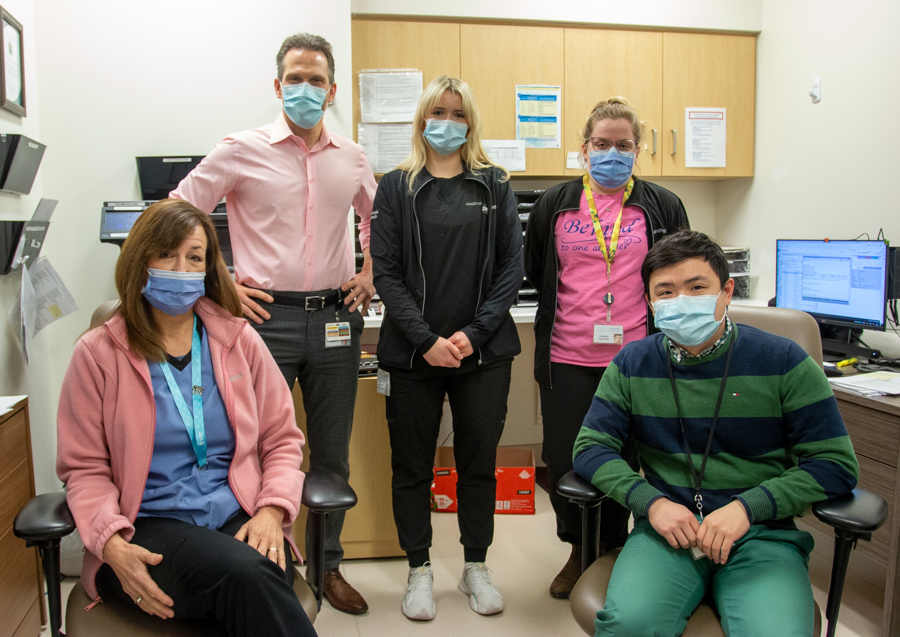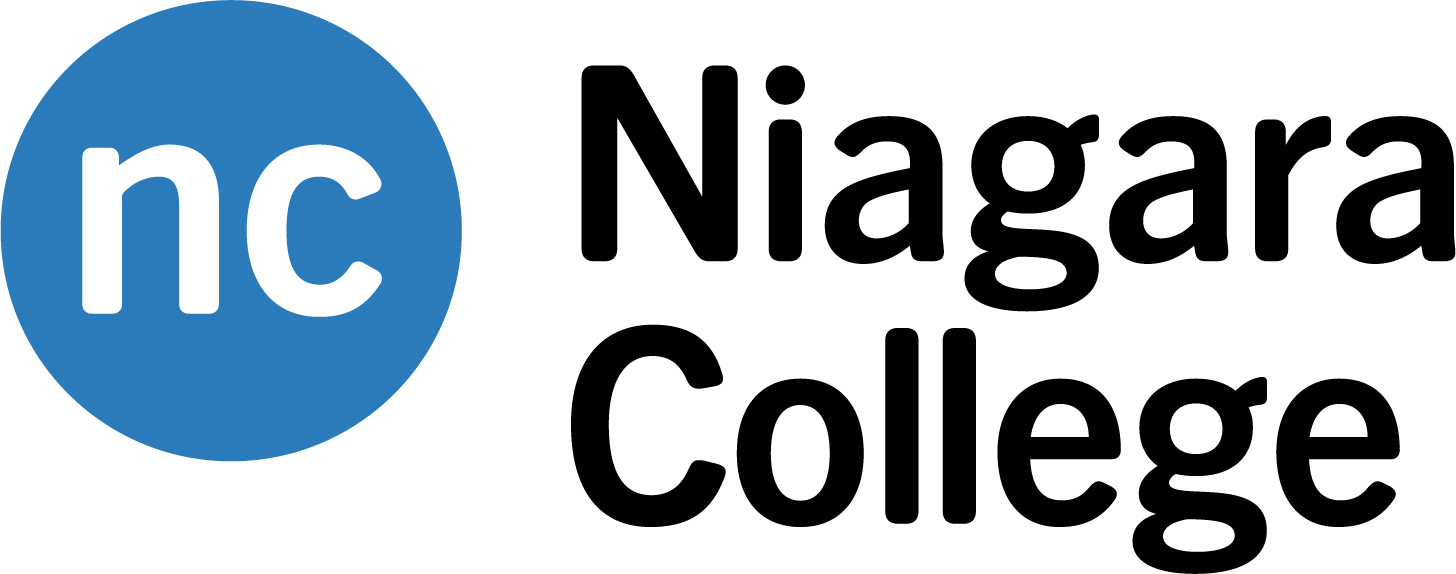 Clinical trials getting underway in Niagara Health’s Thrombosis Service will give patients access to some of the newest treatments for preventing deadly blood clots.
Clinical trials getting underway in Niagara Health’s Thrombosis Service will give patients access to some of the newest treatments for preventing deadly blood clots.
Some of those trials include the ANTHOS trials, investigating promising novel blood thinners that aren’t yet available to patients and doctors elsewhere.
“You can go all over Canada and lots of places have never heard of these medications,” says Dr. Blair Leonard, Director of Niagara Thrombosis Service and Regional Physician Lead for Benign Hematology and Thrombosis. “That’s how cutting edge these are and this research is.”
The research is also vitally important for treating and managing a common yet serious condition that’s also preventable. One in four people die from causes related to thrombosis, which is the formation of potentially deadly blood clots in the artery (arterial thrombosis) or the vein (venous thromboembolism or VTE). Once formed, a clot can slow or block normal blood flow. It can even break loose and travel to an organ, resulting in disability or death.
 Thanks to a significant grant from the Ottawa Hospital Research Institute (OHRI), the Niagara Thrombosis Service is currently participating in four clinical trials whose findings will benefit patients around the world. The other studies include the SAVER Trial, a multi-centre investigation to determine if statins, a cholesterol-lowering medication, can help prevent VTE; and the TRIM-Line Trial, looking at strategies to prevent blood clots in patients using PICC lines.
Thanks to a significant grant from the Ottawa Hospital Research Institute (OHRI), the Niagara Thrombosis Service is currently participating in four clinical trials whose findings will benefit patients around the world. The other studies include the SAVER Trial, a multi-centre investigation to determine if statins, a cholesterol-lowering medication, can help prevent VTE; and the TRIM-Line Trial, looking at strategies to prevent blood clots in patients using PICC lines.
The OHRI funding also allowed for the hiring of a full-time research co-ordinator to help with patient recruitment and tracking through the clinical trials.
With the groundwork being laid for a fifth study dealing with post-thrombotic syndrome (PTS), which is the ongoing symptoms of blood clots, Niagara Health has positioned itself as a leader in thrombosis research since Dr. Leonard steered the launch of Niagara Health’s Thrombosis Service in 2015.
“Our research division brings cutting edge care to Niagara,” Dr. Leonard says. “When we launched the service, we expected to have a dramatic effect on improved treatment in VTE and PTS. We’ve done that and we wouldn’t have had that without the emphasis on research here from our humble beginnings.”



















